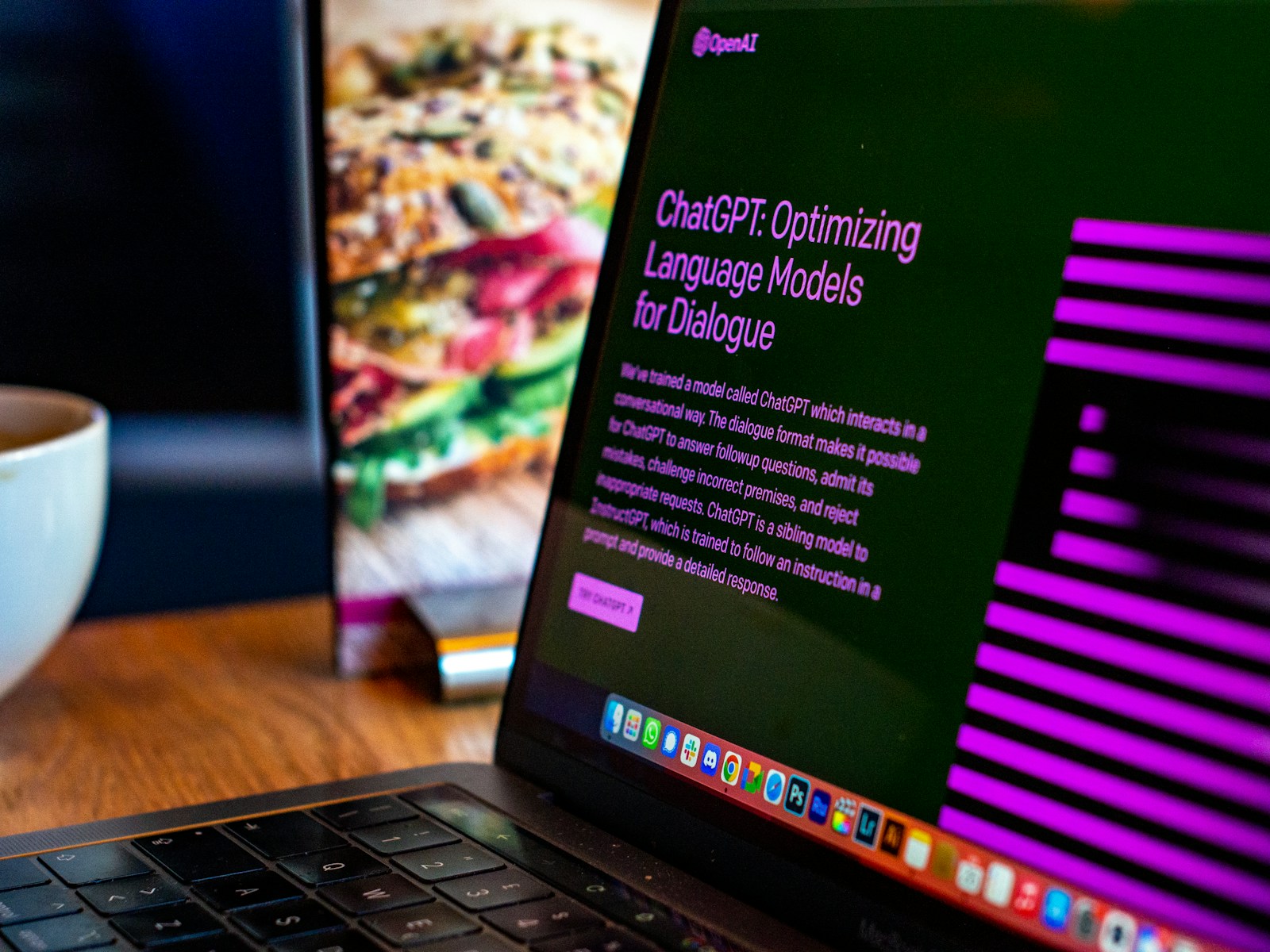The terms GPT (Generative Pre-trained Transformer) and Language Models often overlap but have distinct meanings. Here’s a clear breakdown of the differences:
1. Language Models: The General Concept
- Definition: A language model is a type of AI designed to understand, predict, and generate human-like text based on input. It learns patterns, grammar, and context from large amounts of textual data.
- Functionality: Language models can perform various tasks like text generation, translation, summarization, or answering questions. They are foundational in Natural Language Processing (NLP).
- Examples:
- Statistical models like n-grams (earlier forms of language models).
- Deep learning models such as BERT (Bidirectional Encoder Representations from Transformers) or GPT.
In essence, GPT is a specific type of language model.
2. GPT: A Specific Type of Language Model
- Definition: GPT is a Generative Pre-trained Transformer model, a neural network architecture developed by OpenAI, designed specifically for generating coherent and contextually relevant text.
- Key Features of GPT Models:
- Generative: Focused on creating new text based on prompts.
- Pre-trained: Trained on large datasets before fine-tuning for specific tasks.
- Transformer-based: Uses the Transformer architecture, which excels at handling sequential data like text by understanding context and relationships in sentences.
3. Core Differences
| Aspect | Language Models | GPT |
|---|---|---|
| Scope | Broad category encompassing various types of models. | A specific implementation of a language model. |
| Examples | N-grams, LSTMs, BERT, RoBERTa. | GPT-1, GPT-2, GPT-3, GPT-4. |
| Primary Goal | Tasks like understanding, summarizing, or translating text. | Primarily focused on generating coherent text. |
| Architecture | Can include statistical, RNN, LSTM, or Transformer-based architectures. | Always uses the Transformer architecture. |
| Training | Varies; some models are pre-trained, others are trained from scratch. | Pre-trained on massive datasets and fine-tuned for tasks. |
| Bidirectionality | Some models (e.g., BERT) focus on understanding the context of text in both directions. | GPT processes text left-to-right, excelling at generation rather than comprehension. |
4. Use Cases
- General Language Models:
- Text summarization (e.g., BERT).
- Semantic understanding (e.g., RoBERTa).
- Translation (e.g., Google’s Neural Machine Translation).
- GPT Models:
- Content creation (e.g., writing articles, poetry).
- Conversational AI (e.g., chatbots).
- Creative tasks (e.g., story writing, coding assistance).
Conclusion
While all GPT models are language models, not all language models are GPTs. GPT stands out as a specialized, generative model excelling in text generation due to its Transformer-based architecture and pre-training approach. It represents a significant evolution in the broader category of language models.

Leave a Reply